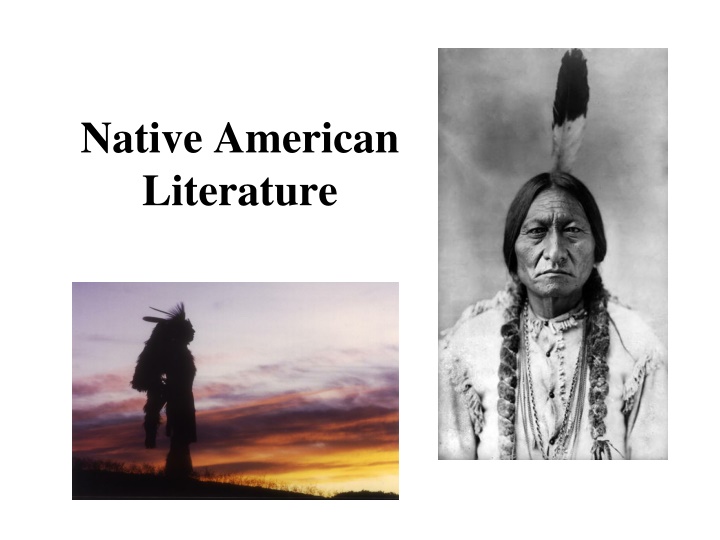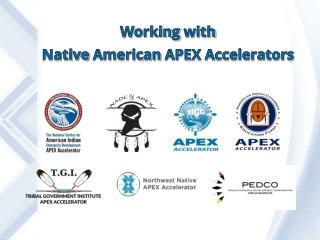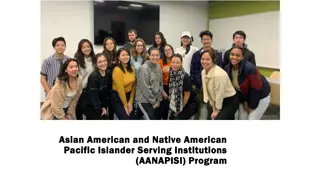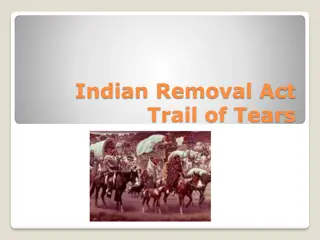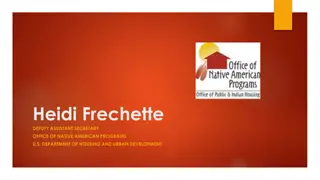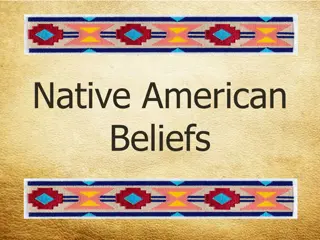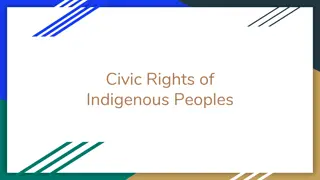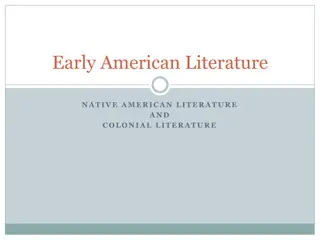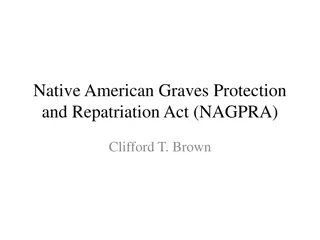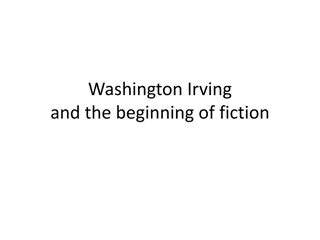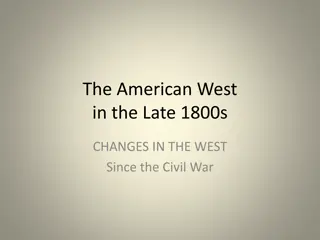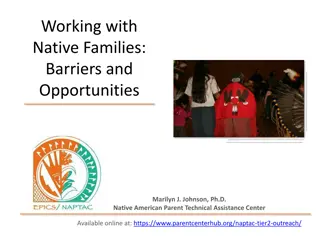Insights into Native American Literature
Native American Literature reflects rich cultural diversity with a history of stability and the challenges faced, leading to recognition and inclusion in the American literary canon. Characteristics include oral history and struggles in translation due to European influence.
Download Presentation

Please find below an Image/Link to download the presentation.
The content on the website is provided AS IS for your information and personal use only. It may not be sold, licensed, or shared on other websites without obtaining consent from the author.If you encounter any issues during the download, it is possible that the publisher has removed the file from their server.
You are allowed to download the files provided on this website for personal or commercial use, subject to the condition that they are used lawfully. All files are the property of their respective owners.
The content on the website is provided AS IS for your information and personal use only. It may not be sold, licensed, or shared on other websites without obtaining consent from the author.
E N D
Presentation Transcript
Native American Literature
Native American Literature: Cultural Diversity At time of Columbus, 350 distinct languages existed in North America Thousands of distinct cultural groups existed as well. No single Native American culture or literature. so
History of Stability Prospered for thousands of years in a stable relationship with the land Hundreds of individual tribes with their own cultural traditions (more diverse than Europe at the time) Joined together more in common with each other than with European settlers.
Native Americans came to be isolated both geographically and culturally (ghetto-ized). Few opportunities to demonstrate aspects of their culture. Geographically: reservations on remote and least productive land So
So how did Native American Literature become known? 1856: First widely known written N.A. literature by John Rollin Ridge (Cherokee, encompassed Far West in his writing). Late 19th century: many anthropologists began to write down stories and languages they heard while examining N.A. culture.
N.A. Literature not considered valid literature before this time due to western notions of literature. Early American history: described by Europeans judged by European sensibilities N.A. stories and culture not recognized as good settlers. If it wasn t a book, it wasn t literature. 1960s-70s: Native American literature given a place in American literary canon.
What are the characteristics of Native American Literature? (Remember, it is difficult to generalize the diverse cultures.) Oral history: Good speakers valued in many tribes because of tradition of participatory democracy Stories handed down through the oral tradition
Lost in Translation European invasion brought linguistic tools for written records; however: No English words for some native terms Poetry dependent on rhythm and repetition; translation is really new work Caucasians rarely given full tales and/or translations shaped to fit audiences prejudices
Characteristics of Native American Literature Oral Tradition Storytelling: primary means of communicating and teaching about the physical world, social order, appropriate behavior, human nature, and the problem of good vs. evil. Repetition is a common characteristic Ritual beginnings and endings Use of archaic language Terse writing style
Additional Characteristics of Native American Literature Explains beliefs about the nature of the physical world. Example: how did the world come to be? Takes place in primal world or pre-civilization. Beings are animal spirits in more or less human form: monsters, confusions of nature, etc. Mythic age flows into age of transformation (legends), which flows into historical time (real heroes)
Cultural Heroes Dramatize prototypical events and behaviors Show how to do what is right and how we become the people we are Shape the world and gives it its character by theft of sun, fire, or water Often of divine birth
Trickster Mischievous or roguish figure who typically makes up for physical weakness with cunning and subversive humor Provides for disorder and change Enables us to see the seamy underside of life May get their comeuppance!
Motifs in N.A. Myths and Legends Formation of the world through struggle Movements from a sky world to a water world by means of a fall Earth-diver myth: flood that occurred after the creation of the universe creation of the present world out of mud brought up from under the water by the earth-diver (muskrat or turtle) Theft of fire Emergence myths: ascent of beings from under the surface of the earth to its surface; ascent from a series of underworlds
Today Many contemporary Native American writers work to preserve their heritage, correct misunderstandings, and represent common native struggles. Recurrent elements to look for: connection with nature and a higher power; representations of cultural values and traditions; responses to sudden changes with European invasion.
A Few Native American Authors Louise Erdrich: well-known Native American author from Minnesota; has Native American bookstore Sherman Alexie: much of his writing stems from his experience as a Native American Paula Gunn Allen is a contemporary Native American author who also writes through a Feminist N.Scott Momaday: contemporary Native American author; The House Made of Dawn is an American classic. lens.
Motifs of Contemporary N.A. Literature Role of Native Americans in modern society Marginalization Paternalism Discrimination Rite of passage (coming of age) Options: assimilation, annihilation, or Celebration of native values Shared ownership Inclusive family Nature
Sources: Campbell. Early Native American Literature: Brief Outline Guide. 8/30/06.
